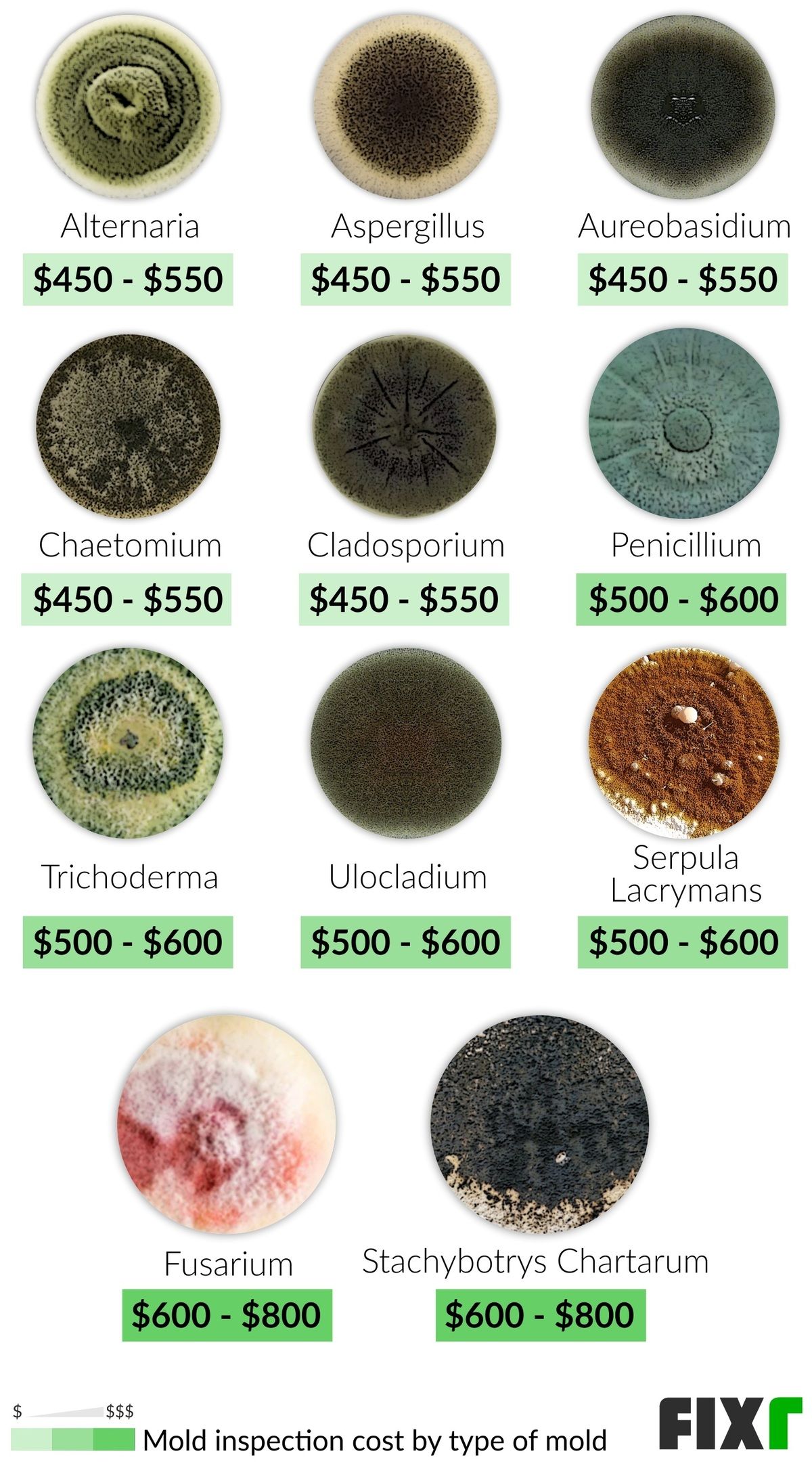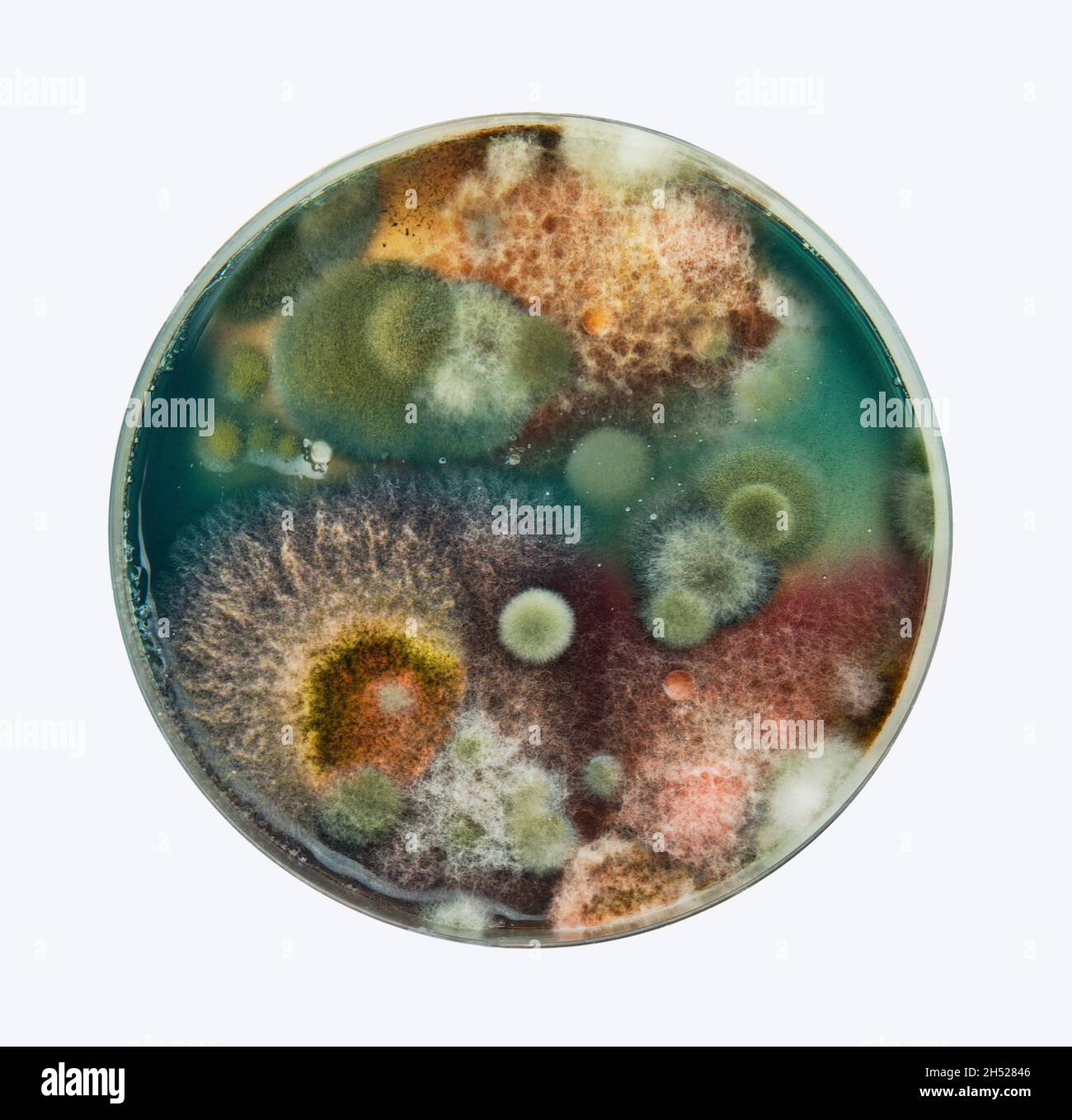Identify Mold Instantly: The Ultimate Petri Dish Guide
Mold, that unwelcome guest in our homes and workplaces, can pose serious health risks and damage property. But how can you quickly and effectively identify its presence? This comprehensive guide, focusing on the power of the petri dish, will equip you with the knowledge to detect mold and take appropriate action. We’ll explore the science behind mold growth, the effectiveness of petri dishes, and the steps involved in using them to uncover hidden dangers.
Understanding the Science of Mold and Its Growth
Before diving into the petri dish method, it’s crucial to understand what we’re looking for. Mold is a type of fungus that thrives in damp and humid environments. It reproduces through microscopic spores that float in the air and land on surfaces. When these spores find a suitable environment – a surface with moisture, organic material (like wood, paper, or drywall), and a temperature between 70-90°F (21-32°C) – they can germinate and grow, forming visible colonies.
Here are some key factors contributing to mold growth:
- Moisture: The primary requirement; leaks, condensation, and high humidity are common culprits.
- Organic Material: Mold feeds on organic substances, making porous materials like wood, drywall, and fabric vulnerable.
- Temperature: Mold thrives in moderate temperatures.
- Lack of Ventilation: Poor airflow can trap moisture and create a conducive environment for mold.
Identifying these conditions is the first step in preventing and detecting mold growth.
The Petri Dish Method: A Powerful Tool for Mold Detection
The petri dish method, also known as a mold test kit, offers a relatively inexpensive and straightforward way to identify the presence of mold. These kits contain a sterile petri dish filled with a growth medium, typically agar, which provides nutrients for mold spores to thrive and become visible.
Here’s why petri dishes are effective:
- Easy to Use: Simple instructions and minimal equipment are required.
- Cost-Effective: Compared to professional mold inspections, petri dish kits are a budget-friendly option.
- Detect Hidden Mold: They can help identify mold in areas not immediately visible, such as air vents, behind furniture, or in crawl spaces.
- Provides Evidence: The visible growth in the petri dish serves as tangible evidence of mold presence.
Step-by-Step Guide to Using a Petri Dish for Mold Detection
Using a petri dish kit is a relatively simple process. Here’s a detailed guide:
- Purchase a Mold Test Kit: Choose a reputable kit with clear instructions. These are readily available online and at home improvement stores.
- Prepare the Testing Area: Clean the area where you’ll be collecting samples. Ensure your hands are clean to avoid contaminating the petri dish.
- Collect Samples:
- Air Sampling: Open the petri dish and expose it to the air for a specified time (usually 5-30 minutes) in the area you suspect mold.
- Surface Sampling: Gently press the petri dish directly onto a surface you suspect may contain mold, such as a wall, ceiling, or fabric.
- Incubate the Petri Dish: Seal the petri dish and place it in a warm, dark place (ideally between 70-80°F/21-27°C) for the incubation period specified in the kit instructions (typically 3-7 days).
- Observe and Identify: After the incubation period, examine the petri dish for mold growth. Look for visible colonies with various colors and textures. Compare the results to the included guide or send the sample to a lab for professional identification.
- Take Action: If mold growth is detected, it’s essential to identify the source of moisture, clean the affected area, and address the underlying issue to prevent future growth. For extensive mold contamination, consider consulting a professional mold remediation specialist.
Interpreting Your Petri Dish Results
Understanding your results is critical. Here’s a general guide:
- No Growth: Indicates little to no mold spores were present in the sample.
- Small Growth: Suggests a low concentration of mold spores; further investigation may be warranted.
- Significant Growth: Indicates a higher concentration of mold spores, suggesting a potential mold problem.
- Color and Texture: Mold colonies can appear in various colors (black, green, white, orange, etc.) and textures (fuzzy, powdery, slimy). These can offer clues to the type of mold present, but professional identification is recommended for definitive results.
Important Note: While petri dish kits can detect mold, they don’t always identify the specific type of mold. For a definitive identification and assessment of the severity of the problem, consider professional mold testing.
Beyond the Petri Dish: Additional Mold Detection Methods
While petri dishes are valuable, other methods can help you assess mold presence:
- Visual Inspection: Look for visible signs of mold, such as discoloration, staining, and fuzzy growth.
- Smell Test: Mold often produces a musty, earthy odor.
- Professional Mold Inspection: A professional can perform air and surface testing, identify mold types, and recommend remediation strategies.
- Moisture Meters: Detect hidden moisture, a key indicator of potential mold growth.
Conclusion: Empowering Yourself Against Mold
The petri dish method offers an accessible and effective way to identify mold in your environment. By understanding the science of mold, using petri dishes correctly, and interpreting the results accurately, you can take proactive steps to protect your health and property. Remember that early detection and intervention are crucial for preventing extensive mold growth and related issues. While petri dishes are an excellent starting point, consider professional help for comprehensive assessments and remediation.
FAQs about Mold and Petri Dishes
1. How accurate are petri dish mold tests?
Petri dish tests are a good starting point and can be highly effective at detecting the presence of mold. However, they are not foolproof and may not always identify the specific type of mold. For a definitive diagnosis, professional testing is recommended.
2. What are the limitations of using a petri dish for mold testing?
Petri dishes can be affected by contamination during the sampling process. They may not always accurately reflect the mold spore concentration in the air, and they usually do not identify mold species.
3. How long does it take for mold to grow in a petri dish?
Typically, it takes 3-7 days for mold colonies to become visible in a petri dish. The incubation time can vary depending on the type of mold and environmental conditions.
4. What should I do if my petri dish shows mold growth?
If your petri dish shows mold growth, you should investigate the source of moisture, clean the affected area, and take steps to prevent future mold growth. For extensive mold contamination, consider contacting a professional mold remediation specialist.
5. When should I consider professional mold testing?
You should consider professional mold testing if you suspect a significant mold problem, experience health issues that could be related to mold exposure, or are planning to buy or sell a property. Professional testing provides a more in-depth assessment and can identify the specific types of mold present.




